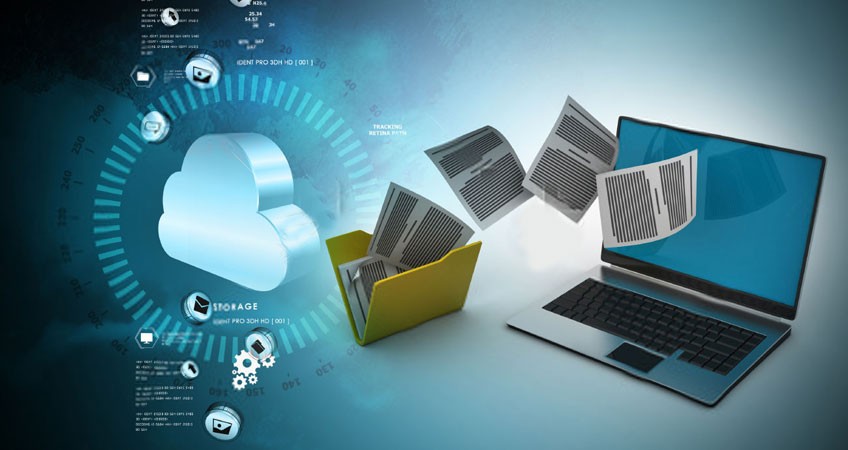SAP HANA, SAP’s in-memory database system is extremely feature rich and has the capacity to process several terabytes of data without a sweat. As data volumes and size is growing exponentially, enterprises are now in various stages of considering migrating to SAP on HANA.
While building the business case for such migration, companies need to most definitely consider implementing some proven best practices to bring down the overall cost of such migration. One such best practice is archiving of SAP data before the migration. With the ballooning size of structured and unstructured data, the need to archive SAP data is a very critical but not often discussed best practice.
There are several reasons why this is a best practice:
- SAP Charges for HANA based on volume: The more data you’ve got to process, the more expensive its going to be
- Data has a certain intrinsic value. Any data that is seldom used should be archived to have a good price performance mix for SAP HANA. Therefore one needs to first create a plan to archive old, seldom used data that is not critical to on-going real time operations. A lean system always brings down costs at the time of HANA migration.
- The real business case for SAP Archiving, other than reducing the size and improving performance of the database, is to ensure a secure storage of archive information that is unalterable and tamper proof. Archiving data doesn’t mean that it is being deleted. If anything it only ensures that business has access to it when needed.
If your SAP data size is greater than 500 GB, now is the time to put an archiving policy in place and initiate such a project before it grows out of proportion. If you are migrating to SAP on HANA it makes all the more reason to get this project completed first before you undertake the migration.

